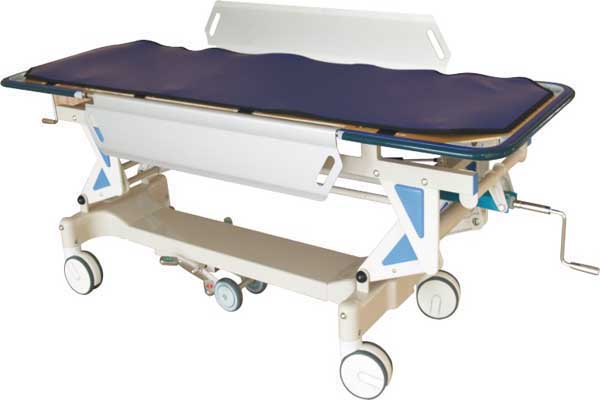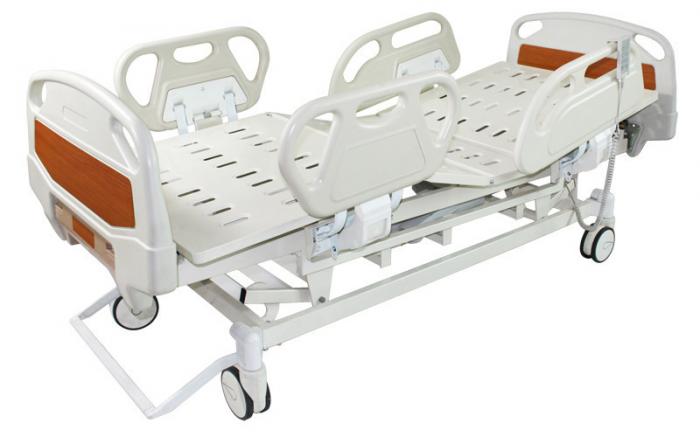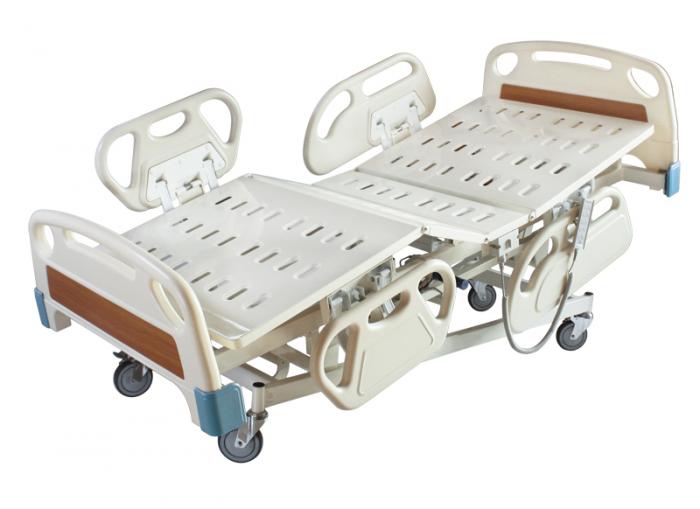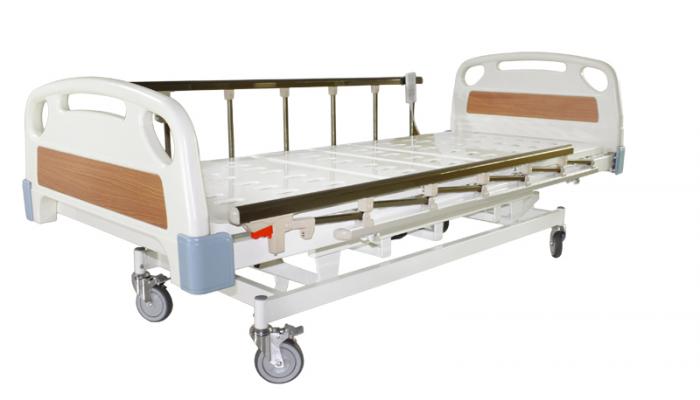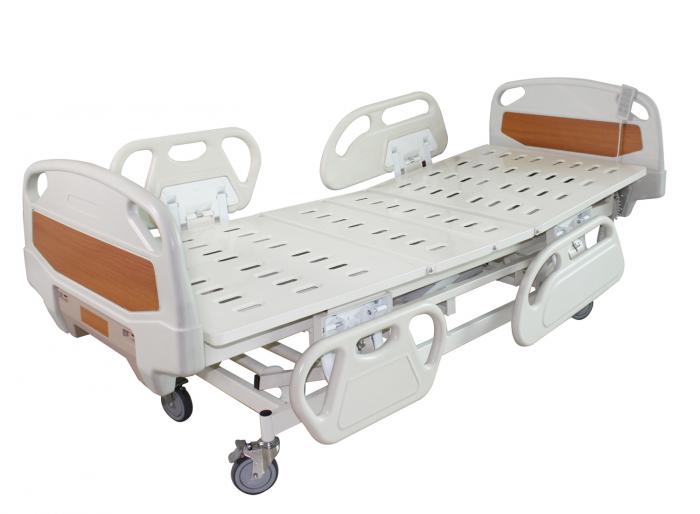| Name: | Transfer Stretcher |
|---|---|
| Model No.: | BES-HB068 |
| Product Name: | Transfer Stretcher |
| Brand: | BESCO |
| Keywords: | Transfer Stretcher,Emergency Trolley,Emergency Stretcher,Patient Stretcher |
| MOQ: | 15 units |
| Sample: | Available |
| Lead time: | 25 days |
| Payment Term: | T/T in advance |
| Country of Original: | China |
| Weight Capacity: | 220 kgs |
| Stock: | Available |
| Factory Address: | Jiangsu |
| Office: | Zhengzhou,China |
Products Description
Height-Adjustable Transfer Stretcher with PE Plastic Side Rails
Function:
Back-rest tilting is 0~80º.Height adjustment is 570~860mm.Mattress moving paralleled system.
Standard accessory:
PE plastic side rails,central lock system,IV pole,directional castor,mattress.
Application:
Used for the patient transferred,rescued and nursed.Matched with central lock system and directional castor,which help users to control the stretcher easier.
| Dimension | L1930*W640*H570~860mm |
| Material | Steel frame, PE plastic side rails |
| Back-rest adjustment angle | 0-60º |
| Height adjustment range | 570~860mm |
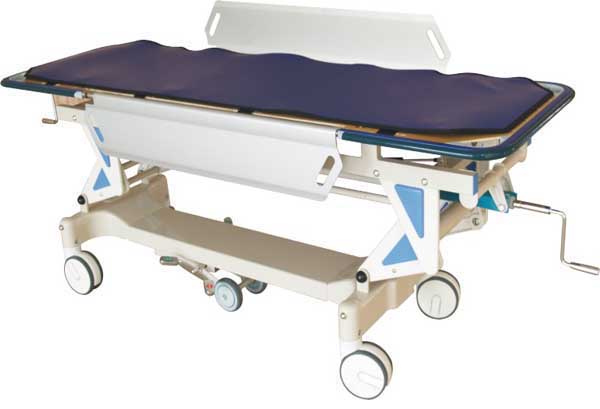
A transfer stretcher, also known as a transport stretcher, is a medical device designed to safely move patients between surfaces like a bed and a gurney or operating table. It facilitates smooth, secure transfers while minimizing strain on caregivers and discomfort for the patient, and can be manual, electric, or hybrid. Key features often include strong handles, wheels, and sometimes side rails, adjustable height, and special padding to ensure patient safety during transit.
Key features and types
Designed for safe transfer: They are built to move bedridden patients from one surface to another, such as between a hospital bed and a transport wheelchair or operating table.
Variety of models:
Manual: These require physical effort to move the patient and are often used for shorter distances.
Electric: These are often equipped with motors to assist in lifting and lowering, which is beneficial for heavier or more immobile patients.
Hybrid: These combine features of both manual and electric models.
Built for patient and caregiver safety: Features like strong handles, locking wheels, and sometimes side rails are included to provide security for both the patient and the medical staff.
Support for various needs: Some models have features like adjustable backrests, oxygen tank holders, and X-ray compatible boards to support patient care during transport.
Common in specific environments: They are often found in emergency departments, trauma centers, post-anesthesia care units, and hospitals.
To use a transfer stretcher, first align the stretcher with the bed and lock the wheels of both, then place a slide board under the patient by rolling them to the side. Roll the patient back onto their back on the slide board, which should bridge the gap between the bed and the stretcher. Finally, position the stretcher slightly lower, have team members grasp a sheet over the slide board, and pull the patient across onto the stretcher on a count of three.
Preparation
Gather supplies: Assemble the necessary equipment, including the stretcher, a slide board, and any other necessary supplies.
Position the bed and patient: Adjust the bed to a safe working height (typically waist level) and lock the wheels. Position the patient closest to the side of the bed where the transfer will occur, and lower the guard rails. Instruct the patient to assist if possible by crossing their arms over their chest and tucking their chin.
Position the stretcher: Move the stretcher next to the bed, ensuring it's slightly lower than the bed, and lock its wheels.
Transferring the patient
Position the slide board: Roll the patient onto their side away from the stretcher. Place a sheet over the slide board to reduce friction, and then slide the board underneath the patient so it is between the patient and the bed sheet.
Position the patient on the board: Roll the patient back onto their back so they are lying on the slide board. Center the patient on the board and make sure their feet are straight. Ensure all tubes and attachments are out of the way.
Slide the patient: Have two or more team members position themselves on the stretcher side, grasping the sheet. The person at the head of the bed can help with the pillow and sheet. On the count of three, have the team members gently pull the patient across the slide board and onto the stretcher.
Finish the transfer: Once the patient is completely on the stretcher, roll them back onto their side to remove the slide board. Secure the patient on the stretcher and position the patient comfortably.
